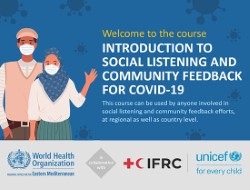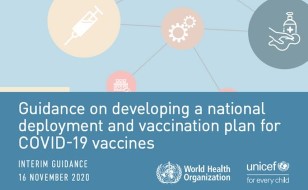Surgical site infections
Surgical site infections (SSI) are a serious problem globally
They are the most frequent type of health care-associated infection (HAI) observed on admission in low- and middle-income countries (LMICs). Approximately one in 10 people who have surgery in LMICs acquire an SSI, and SSI is reported as the second most common HAI in Europe and the United States of America. Therefore, it is crucial to include SSI prevention activities in your overall IPC programme.
Overview:
This course will cover global SSI rates and burden, risk factors for SSI, prevention measures you can take to reduce SSI, and adaptive and technical approaches to improving and applying the WHO multimodal strategy. If you have not yet taken the WHO Core Components and Multimodal Strategies module, we recommend taking it before proceeding with this module.
Course contents
Overview of Surgical Site Infections (SSI):
Surgical site infections (SSI) are a serious problem globally; they are the most frequent type of health care-associated infection (HAI) observed on admission in low- and middle-income countries (LMICs). Approximately one in 10 people who have surgery in LMICs acquire an SSI, and SSI is reported as the second most common HAI in Europe and the United States of America. Therefore, it is crucial to include SSI prevention activities in your overall IPC programme.
This first section of this SSI module will cover global SSI rates, the importance of understanding the burden of SSI in your facility, or in facilities in your country, and how the World Health Organization’s (WHO) core components support implementing SSI prevention measures as part of IPC programmes. If you have not yet taken the WHO Core Components and Multimodal Strategies module, we recommend taking it before proceeding with this module.
Prevention measures:
In the first section of this module, you learned about the global burden of SSI and what you can do to learn about the incidence of SSI in your own facility or country. This section will cover risk factors for SSI, and prevention measures you can take to reduce SSI.
Implementation approaches to reducing SSI:
Now that you have learned about the WHO recommendations and the importance of preventive measures in reducing SSI risk, let us look at ways you can successfully implement these recommendations in your facility. This third section in the SSI module will cover adaptive and technical approaches to improving and applying the WHO multimodal strategy. You will also learn about the Surgical Unit-based Safety Programme (SUSP) and how it has been used in various countries to reduce SSI rates.
User Reviews
Be the first to review “Surgical site infections”
You must be logged in to post a review.








There are no reviews yet.